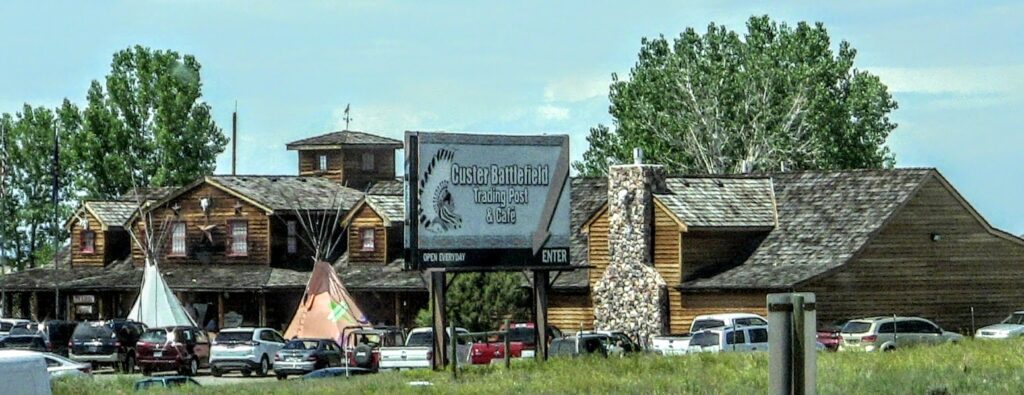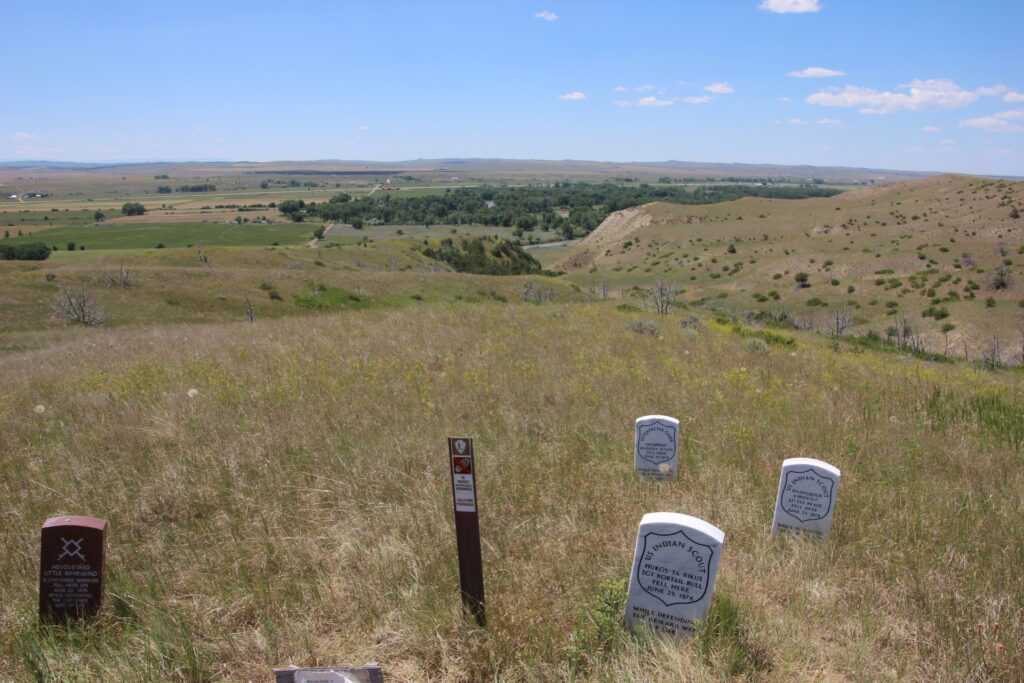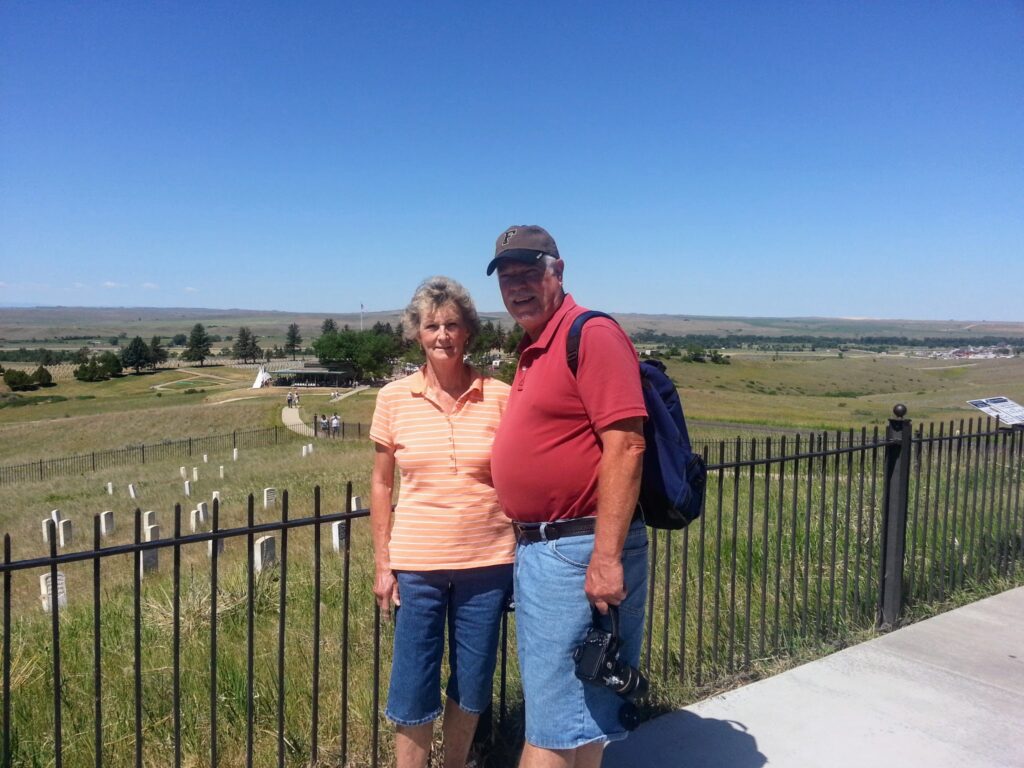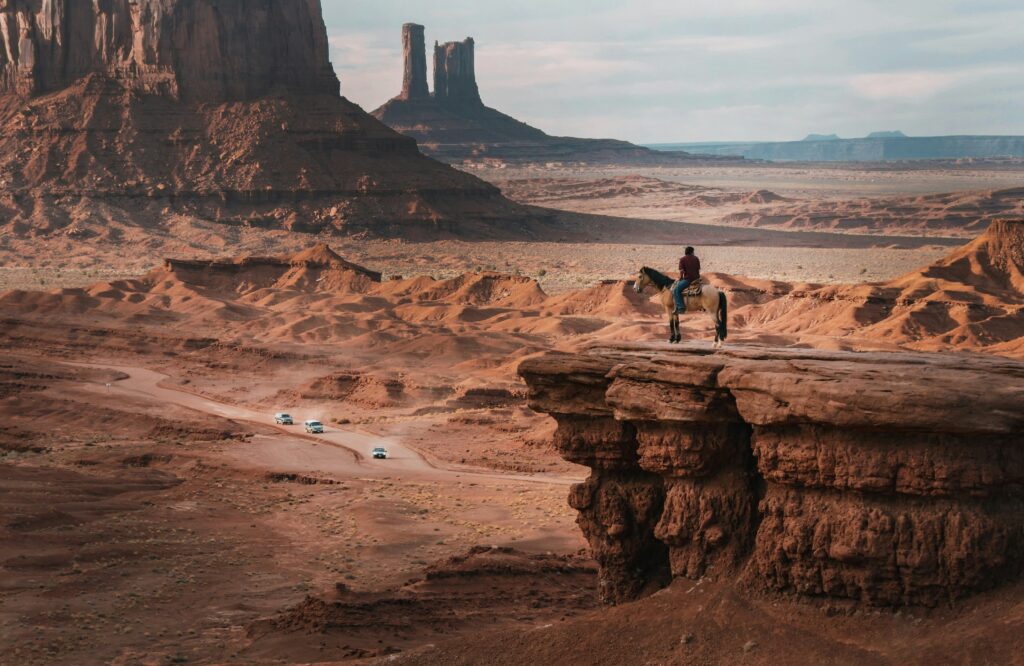Battle of the Little Bighorn
The Battle of the Little Bighorn, often referred to as Custer’s Last Stand, stands as one of the most iconic moments in U.S. history. It represents the struggle between Native American tribes and the U.S. military during the Westward Expansion. Today, this historic site in Montana is more than just a battlefield; it is a window into the culture, history, and legacy of the people who fought and lived here. For the adventure-seeking traveler with a passion for history, this journey offers a unique blend of soft adventure travel, self-guided exploration, and cultural immersion.

Whether you’re captivated by the military tactics of General Custer or drawn to the stories of the Native American warriors who defended their land, a visit to Little Bighorn will awaken your sense of adventure while deepening your understanding of American history.
Discovering the Battle of the Little Bighorn National Monument

Located in Big Horn County, Montana, the Battle of the Little Bighorn National Monument commemorates the infamous battle that took place on June 25-26, 1876. This hallowed ground tells the story of how Lt. Colonel George Armstrong Custer led the U.S. 7th Cavalry against a coalition of Lakota, Cheyenne, and Arapaho warriors.

- Custer’s Last Stand: The battlefield provides visitors with an up-close view of the site where Custer and his men made their final stand. Interpretive markers guide you through the events of that fateful day, allowing for an in-depth understanding of the military movements and tactics.
- Indian Memorial: Adjacent to the U.S. monument is the Indian Memorial, a poignant tribute to the Native American warriors who defended their lands. Here, you can reflect on the cultural impact of the battle on Native American tribes and their enduring legacy.
Pro Tip: For a truly immersive experience, consider taking a guided ranger tour, like we did. Their in-depth knowledge will bring the battlefield to life in ways you won’t find in guidebooks.
Native American Culture and the Legacy of the Battle
The Battle of the Little Bighorn is not just a story of military conflict; it is a testament to the strength and resilience of the Lakota Sioux, Northern Cheyenne, and Arapaho tribes. The aftermath of this battle profoundly shaped Native American history and their relationship with the U.S. government.

- Engaging with Native Culture: Throughout the region, there are multiple opportunities to explore Native American heritage. Visit the Little Bighorn College Museum or the Plains Indian Museum to see exhibits on tribal history, artifacts, and cultural traditions.
- Spiritual Significance: For many Native Americans, this land holds deep spiritual meaning. Visiting the sacred sites within and around the battlefield offers travelers a chance to connect with a culture that is both ancient and enduring.
Pro Tip: Respect the land and its history. Take the time to understand the importance of this site to Native communities and engage with local guides or museums to gain a fuller perspective.
Self-Guided Tours and Soft Adventure Travel in the Little Bighorn Area
For those who prefer self-guided exploration, the Little Bighorn area offers a range of activities that combine history with soft adventure travel. Whether you’re exploring the battlefield on foot or venturing into the surrounding wilderness, you’ll find plenty of opportunities to craft your own adventure.
- Battlefield Walks: The national monument features several self-guided walking trails, each marked with interpretive signs that tell the story of the battle from multiple perspectives. These trails are easy to follow, making them perfect for independent travelers.
- Hiking & Scenic Views: The surrounding Montana landscape offers a wealth of scenic hikes. The Big Horn River and Custer National Forest are nearby and provide opportunities to explore the stunning natural beauty of the region. The area’s rolling hills and open plains give visitors a sense of the terrain the warriors and soldiers faced.

Pro Tip: Pack plenty of water and sun protection, as the open plains can be hot during the summer months. Don’t forget your camera to capture the sweeping vistas!
Practical Tips for Your Visit to the Little Bighorn Battlefield
Before embarking on your journey to this historic site, it’s essential to prepare for the unique conditions of the Montana plains and maximize your experience at the battlefield.
- How to Get There: The Little Bighorn National Monument is easily accessible by car, located just off Interstate 90. If you’re flying, the nearest airports are in Billings, Montana, and Sheridan, Wyoming.
- When to Visit: The best time to visit is during the summer months when the weather is warm, and the full range of tours and outdoor activities is available. The anniversary of the battle in late June offers a special opportunity to witness commemorative events.
- What to Pack: Dress in light, breathable layers to accommodate Montana’s variable weather. Bring comfortable walking shoes, sunscreen, and a hat to protect yourself from the sun.
Pro Tip: Consider staying overnight in the nearby town of Hardin, where you can find hotels, restaurants, and additional historical sites to explore. If you are RVing out West like we were, there are several Parks nearby that accommodate campers and RV’s.
Why History Enthusiasts Shouldn’t Miss the Battle of the Little Bighorn
For history enthusiasts, the Battle of the Little Bighorn is one of the most significant events of the American West. Its story is both tragic and heroic, offering insights into the complex relationships between Native Americans and the U.S. government during the 19th century. Visiting the battlefield allows you to walk in the footsteps of soldiers and warriors, providing a deep connection to the past that you can’t experience through books or documentaries alone.
Whether you’re a seasoned history buff or a traveler looking to add an educational component to your adventure, the Little Bighorn Battlefield offers a powerful and emotional journey through one of the most pivotal moments in American history.
External Links:
Learn more about Native American culture and history
This in-depth exploration of the Battle of the Little Bighorn brings history to life, offering readers not only a travel guide but an invitation to walk through time. Whether you’re there for the adventure, the history, or the chance to connect with Native American culture, this journey is one you’ll never forget.

